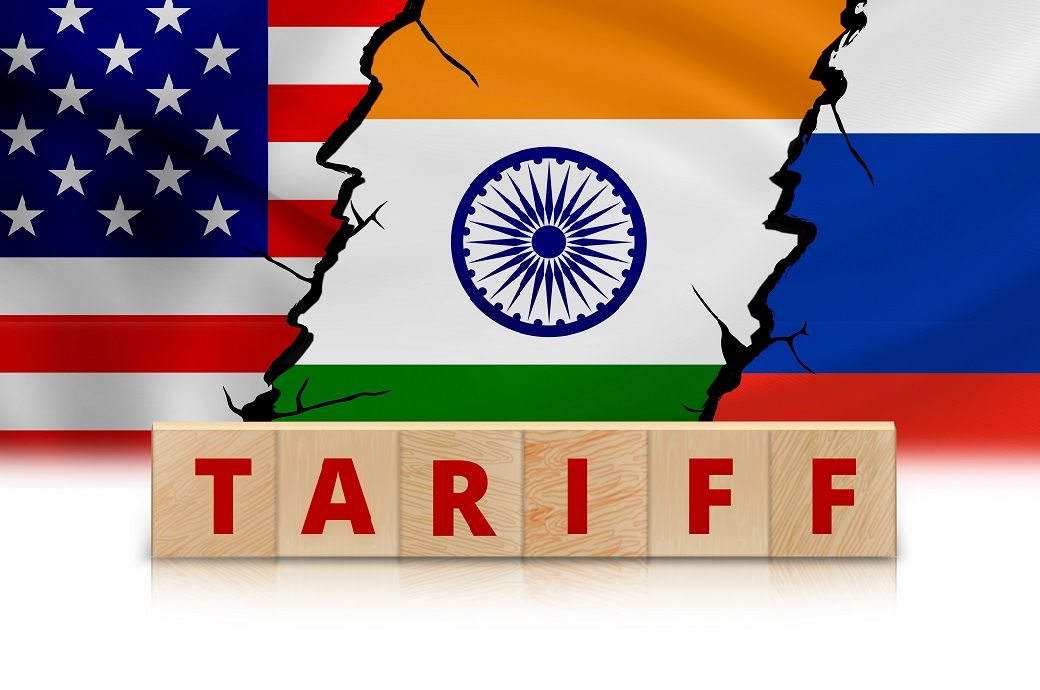
Another round of talks between India and the US recently concluded without any agreement.
Despite several rounds of engagement, there is no clear sign of any breakthrough, even though reports suggest talks are going well.
An early resolution is crucial, especially as Indian exports to the US, including textiles and apparel, continue to face high tariffs.
Recently, Commerce Minister Piyush Goyal met with US Trade Representative Jamieson Greer in New York, their third meeting this year, after discussions in March and May.
India began talks for a free trade agreement with the US in February and reportedly held five negotiations from March to July already. However, progress remains limited due to some contentious issues like market access for US agricultural products.
External Affairs Minister S Jaishankar also met US Secretary of State Marco Rubio in New York to discuss bilateral and global strategic issues.
These high-level meetings are seen as efforts to stabilise and recalibrate the broader Indo-US relationship.
However, inconsistent policy signals from Washington continue to create uncertainty in ongoing trade talks.
A significant escalation in the tariff debate occurred when a US Treasury spokesperson reportedly called on G7 countries and the European Union to impose ‘meaningful tariffs’ on imports from India and China.
The goal was to pressure both countries to cut their energy purchases from Russia.
This followed US Treasury Secretary Scott Bessent’s reported appeal to G7 finance ministers to coordinate with the US in penalising countries maintaining oil trade with Russia.
While China has managed to avoid punitive tariffs in this context till now, India has not been that lucky. It already faces an additional 25 per cent levy related to its energy trade with Russia, bringing the total tariff burden on its exports to the US to 50 per cent, which is adversely impacting its exports to the US, including textiles and apparel.
The need for a negotiated solution has therefore become more urgent. Yet, many observers argue that moves like encouraging allies to impose coordinated tariffs, the US is only weaponising tariffs and using them as a geopolitical instrument to achieve broader objectives.
ALCHEMPro News Desk (DR)
Receive daily prices and market insights straight to your inbox. Subscribe to AlchemPro Weekly!